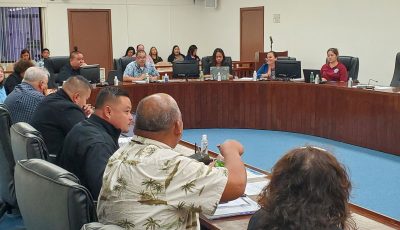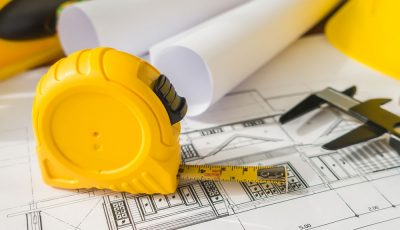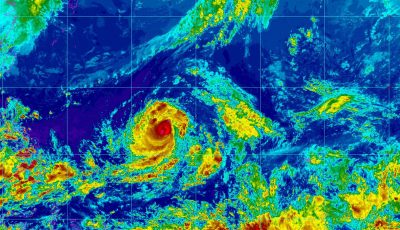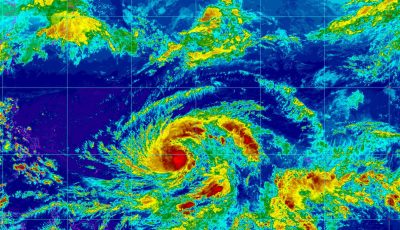PSS ready for online classes
Education Commissioner Dr. Alfred Ada assured that the planned resumption of classes on Sept. 8 will go ahead and, because of the COVID-19 pandemic, the main mode of instruction will be remote learning—primarily via online classes.
“Thirty years ago…we didn’t know that technology will play a huge part in education. …Looking at the silver lining about our situation, perhaps this is what we need for all of us to shift into using technology that will take us to a big wave of change…On Sept. 8, PSS will go full remote learning,” Ada said during a presentation at the Saipan Chamber of Commerce virtual membership meeting yesterday.
“We are ready and have prepared four different plans in the event that the COVID-19 situation in the CNMI shifts, which includes a full remote learning, hybrid remote on-site learning, a partial reopening method, and full reopening,” Ada added. “…The biggest priority still is when the student is out of PSS, he or she is an independent, global, and contributing member of society.”
This was echoed by Dr. Bobby Cruz, PSS Instructional Technology director, who said their students’ education, safety, and wellbeing is their priority. “That is why the primary method that we will use is remote learning. …Remote learning provides an opportunity for students and teachers to stay connected and engaged while working in different locations,” he said.
He said that PSS is aware that PSS students have experienced a great deal of learning loss, first due to Typhoon Soudelor and then Super Typhoon Yutu and now the COVID-19 pandemic. “Remote learning will ensure education continuity and student and staff safety,” he added.
The instructional approach will focus on synchronous and asynchronous teaching. Synchronous teaching means the child will participate via online video conferencing and will have live real-time interaction with teachers and classmates. The latter is when learning materials are given to the child online that provide learning activities on their own.
Learning engagements will be via Blackboard Classroom, a virtual conferencing tool and a platform used by many schools and universities in the U.S. mainland for online teaching. Within it, there is a tool called Blackboard Collaborate where students can interact with their teachers, co-students and peers. Other tools are available in every teacher’s classroom to make virtual class engaging and accessible.
“We have only been seeing the work done in August and September but this work actually began as soon as the pandemic hit the Marianas. …We had a cohort of trainers learn how to use the learning management system and in August the entire instructional staff of PSS have been…learning how to use Blackboard to facilitate online instruction,” Cruz said.
“Another reason why we are using Blackboard Classroom is because of data security and privacy. We cannot allow teachers to use any platform that they want because of the Family Education Rights and Privacy Act and that is why we need to make sure that students’ personal information is protected. …So we have integrated our student information system with the Blackboard Classroom learning management system for optimal security,” he added
Based on the a preliminary survey that PSS has conducted with the students’ families, about 20% of the population will need support when it comes to gadgets and internet access. He said that PSS has procured 5,000 laptops that are now on the way to the CNMI.
“In the meantime, we are doing an inventory of [the] technology that we have…so we can disseminate [them] to our students that need it,” Cruz said. “We also procured WiFi devices and this will ensure that students and families will have connectivity at home. …Not all students will get devices so we are putting together guidelines to determine those families that really need it and school administrators are seeing that at their level. …There may be students who don’t have power and, although that is a very small portion of our population, we have to consider support and help those students who are in need,” Cruz added.
Orientation among teachers, administrators, and families will happen throughout September. “During orientation, the child will learn how to use Blackboard for remote learning, teachers will also communicate regarding class schedules and device learning resources for the child’s use at home,” Cruz said. “…This was not an easy shift…I was actually fearful that it will not take off but the four weeks of training have been positive. …If you personally know our teachers, please commend them. Our classroom teachers have done an extraordinary job in using the ‘why’ they serve as educational professionals to help them overcome the many hurdles that accompany this shift to remote learning.”



























